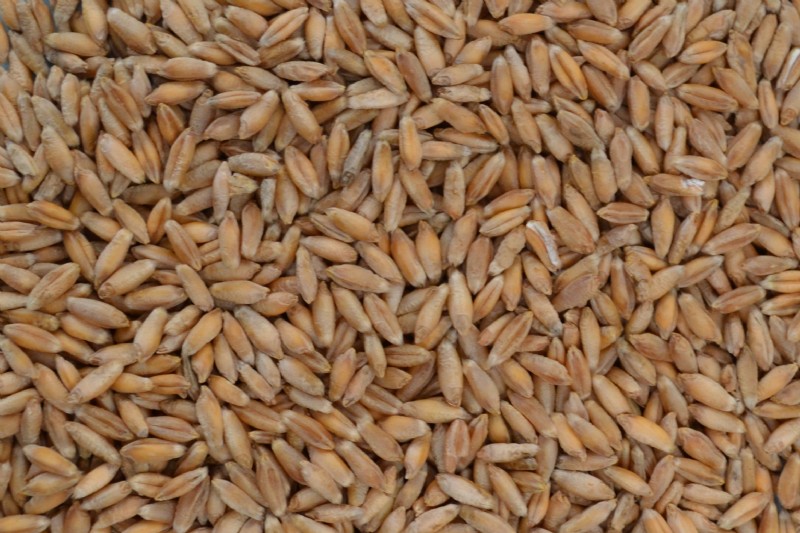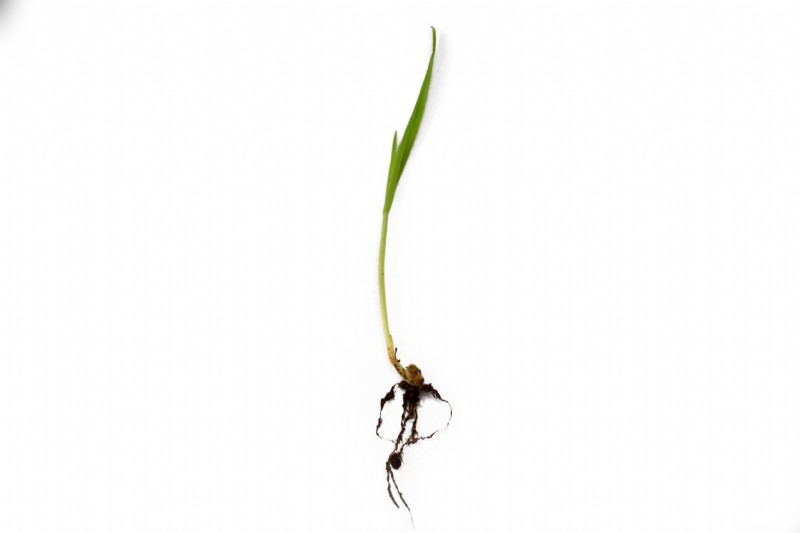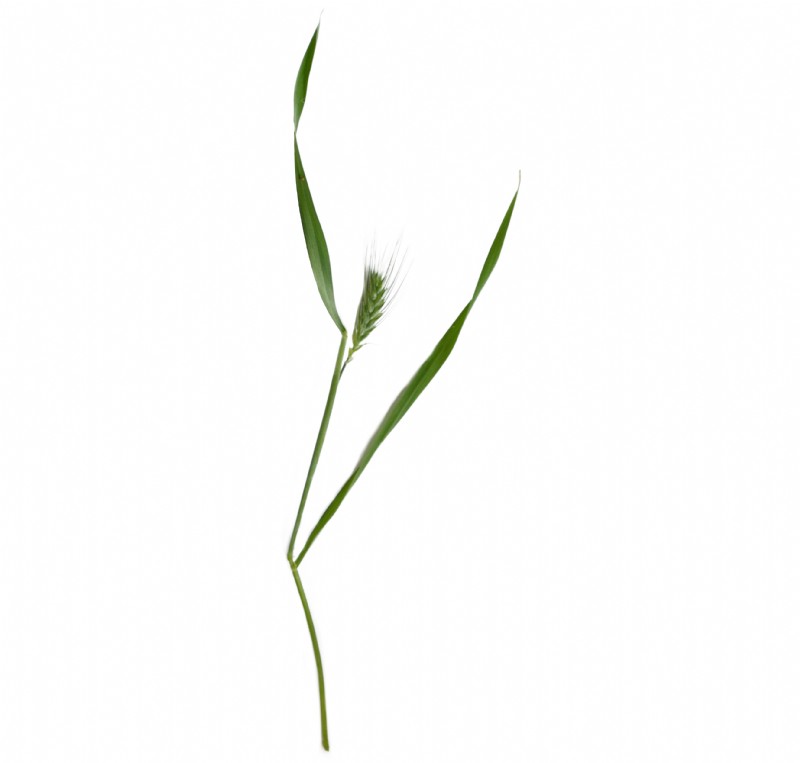Triticale
Triticale is a hybrid or crossing of the cereal plants wheat and rye. The benefit of this crossing, is to combine the quality and yield potential of wheat, with the robust nature and wider growing conditions of rye. Currently there is some production for human consumption, however most is used for livestock forage. It may also form a constituent of farmland bird winter food mixtures.
Uses
Used as a cereal crop in its own right and wild bird seed mixtures.
Persistence
This is an annual species.
Strengths
An adaptable species, especially on soils less favourable to wheat production. Useful for wild bird food seed mixtures which are often grown on poorer ground, or ground lacking in nutrients.
Frost Tolerance
As breeding improves, winter and spring varieties are becoming more numerous available.
Sowing Rate Advice
75kg per acre / 187.5kg per ha.
The above rate is a pure stand.
Mixture Sowing Rate Advice
0.5 - 3.5kg per acre / 1.25 - 8.75kg per ha.
Often used as a component of wild bird food seed mixtures, a robust inclusion will ensure high proportions of triticale are seen in the field.
Ideal Sowing Time
Plant form April to late May. Spring varieties should be used to ensure the plant goes to seed over the winter months.
Distinguishing characteristics
Seed
The seed has a rounded rectangle to oblong shape. It has a pale yellow to silvery colour and a rough papery texture. The seed is approximately 6 - 7mm in length.
Flowering Plant
Due to its wheat and rye parentage, its identification characteristics can be taken from both species.
It has short auricles which clasp the stem, sometimes hairy, with a hairy leaf sheath and blade.
The ligule is of medium length.
The leaf have a clockwise twist.
The plant has an obvious spike upright to angled, similar to wheat with long awns, from the rye parentage.
Additional Info
Average seeds per kg - 32,000.
Works well with
It can be combined with other seed bearing plant species like millet, mustard, and linseed to provide crucial food for farmland birds.You can find Triticale in the following mixtures
- One Year Winter Bird Food Survival Mixture (CAHL2/AHL2/AB9)
- One Year Winter Bird Food Survival Mixture 70% ORGANIC
- Two Year Wild Bird Food - CEREAL SEPARATE (CAHL2/AHL2/AB9)
- Two Year Wild Bird Seed Mix 70% ORGANIC CEREAL SEPARATE
- FlexiCover Two Year Game Mix
- FlexiCover One Year Game Mix
- Cotswold Partridge Game Mix







